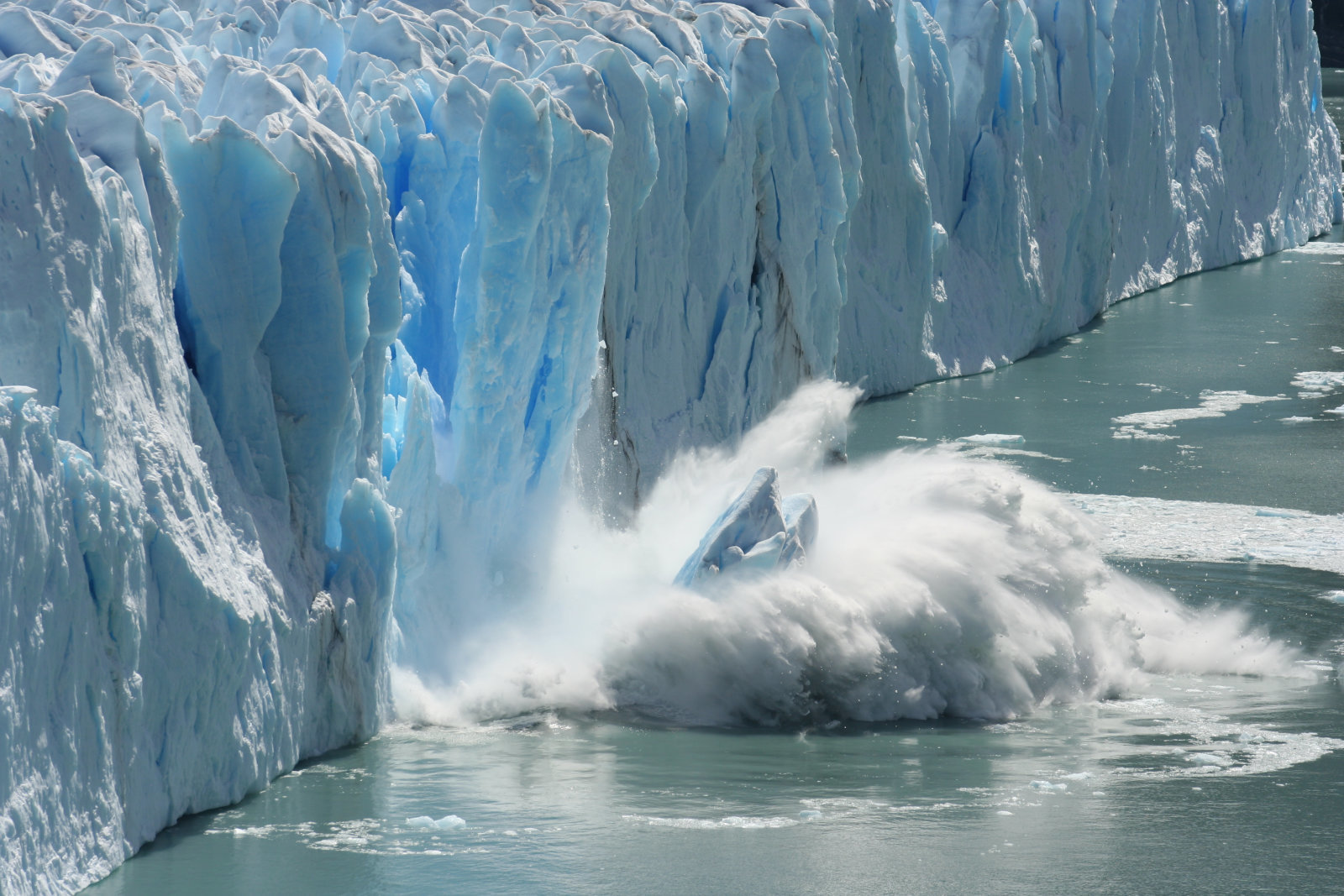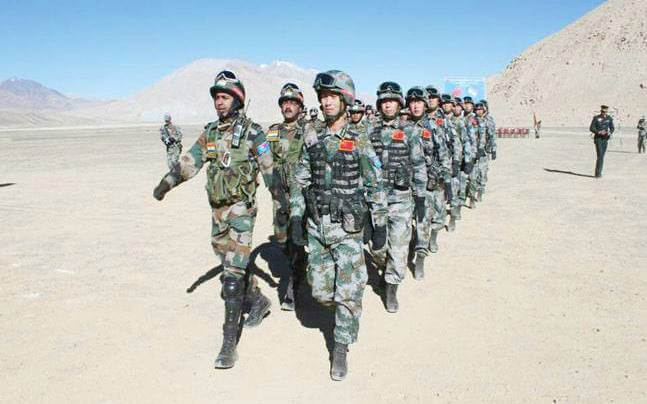Astronomers explain the reflectivity of radiation in space using a term called albedo. This is the amount of electromagnetic radiation that reflects back, compared to the amount that gets absorbed. White light consists of 7 colored spectra, VIBGYOR. If something appears red, it means it absorbs all the other spectrums and reflects only the red one, which reaches our eye and causes a sensation.
This is how we can differ in colors. A whole white surface absorbs the whole electromagnetic spectrum and reflects almost none, whereas the black surface absorbs almost the whole spectrum. So, a perfectly reflective and white surface would get an albedo score of 1, while a completely dark object would have an albedo of 0. So, and all objects have an albedo score that ranges between 0 and 1, based on their color and nature.
Must Read: Albedo Effect and Global Warming
Here on Earth, the albedo effect has a notable impact on our climate. The lower the albedo, the more radiation from the Sun that gets absorbed by the planet, and temperatures will rise. If the albedo is higher, and the Earth is more reflective, more of the radiation is returned to space, and the planet cools.
An example of the albedo effect is snow temperature feedback. When you have a snow-covered area, it reflects a lot of radiation. This is why you can get terrible sunburns when you’re skiing or hiking and mountaineers can suffer snow blindness when they don’t wear special sunglasses and cover their eyes properly.
But when the snow-covered area warms and melts, the albedo drops down. More sunlight is absorbed in the area and the temperatures rise. Climate scientists are concerned that global warming will cause the polar ice caps to melt. With these melting caps, dark ocean water which is capable to absorb more sunlight, contribute even more to global warming.

Here comes another culprit called greenhouse gases. Greenhouse gases like Carbon dioxide absorb the reflected radiation by not letting them return back to space which in turn increases the temperatures around the globe.
So the World now a day is facing both challenges. Greenhouse gases refrain harmful radiations from getting back to space, which in turn increases temperature and causes more polar to melt. As polar ice is melting at a very fast rate.
The snow-covered surface having index 1, is going down and sea surface having albedo index zero is rising and increasing. So both the reflected and non-reflected radiations causing a global rise in temperature. It’s simple thermodynamics that temperature change is always and only caused by heat exchange. Temperature is an effect, not the cause.
Also Read: Slower Ship Speeds can help curb Environmental Crisis & Climate Change
Albedo effect is the reason for the faster melting rate of polar regions as the Arctic is currently warming about twice as fast as the rest of the world. Ice is able to reflect solar energy back into space.
When it melts and exposes dark, Open Ocean, that open ocean absorbs more sunlight and more energy creates a kind of feedback loop.
PS: “The Ice at the End of the World, An epic Journey into Greenland’s Buried Past and Our Perilous Future.” By Jon Gertner.
(Book recommendation for in-depth study)


























Leave a Reply